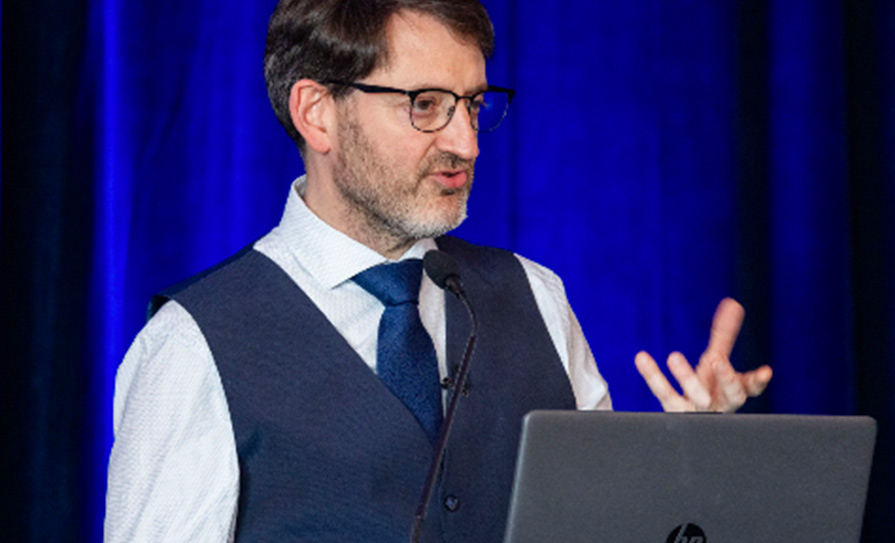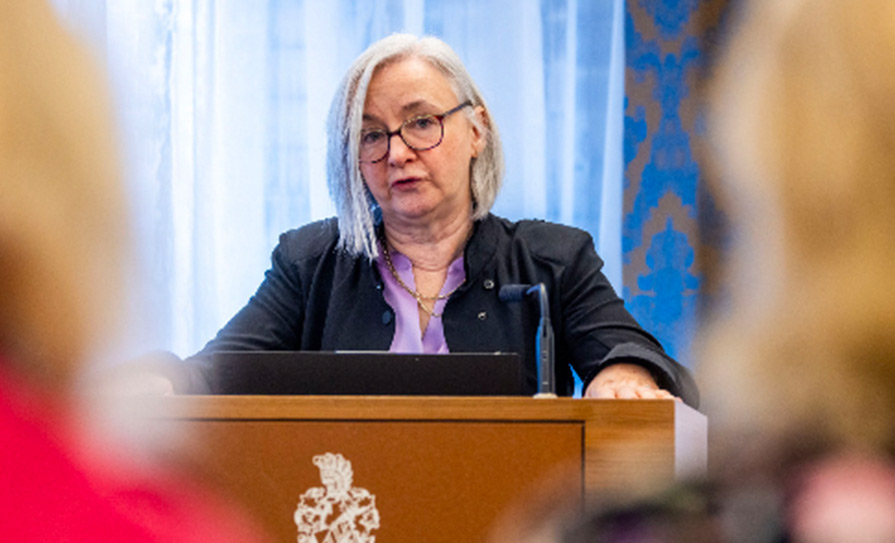At the National Consultant Meeting, members discussed the recommendation in the <em>Sláintecare Report </em>to separate private practice from public hospitals. The Government is currently undertaking a review on the implications of this recommendation.
“I know what the value to our small hospitals is, from the income source from the [private] patients,” said Dr Mick Molloy, Consultant in Emergency Medicine.
“If that was taken away, I’m very concerned about how it would be replaced, and there isn’t a mechanism in place to actually cope with that lost revenue.
“And I would fear that the knock-on effect would be more patients seeing they can’t get access to public hospitals will [then] ditch private insurance and [then] there will be a greater volume of people coming into the public hospitals, with a lesser amount of money to deal with it. That is the situation that would be the worst of all scenarios.”
However, Consultant Psychiatrist Dr Matthew Sadlier questioned the very basis of the debate regarding public and private patients. He told the meeting that all reports and plans, including Sláintecare, do not take into account the complexity involved and are thus flawed.
“I’ve said this for 10 years and nobody ever listens or reports it,” said Dr Sadlier.
“We do not have a two-tier health service. I just wish people would say this: We have a three- or four-tier service. We do not have one set of private insured patients and then those with no insurance. We have a range of insurance options that gives you a range of access to private care.
“There isn’t really a private patient and a public patient; there are many shades of private patients. Most people who take out private insurance do not take out insurance to the level that allows them access to standalone private hospitals. So this concept of 47 per cent of the population having private insurance; they don’t really, they have semi-insurance.”
Dr Sadlier told his fellow consultants that this flaw in analysis has impacted political policy towards health.












Leave a Reply
You must be logged in to post a comment.